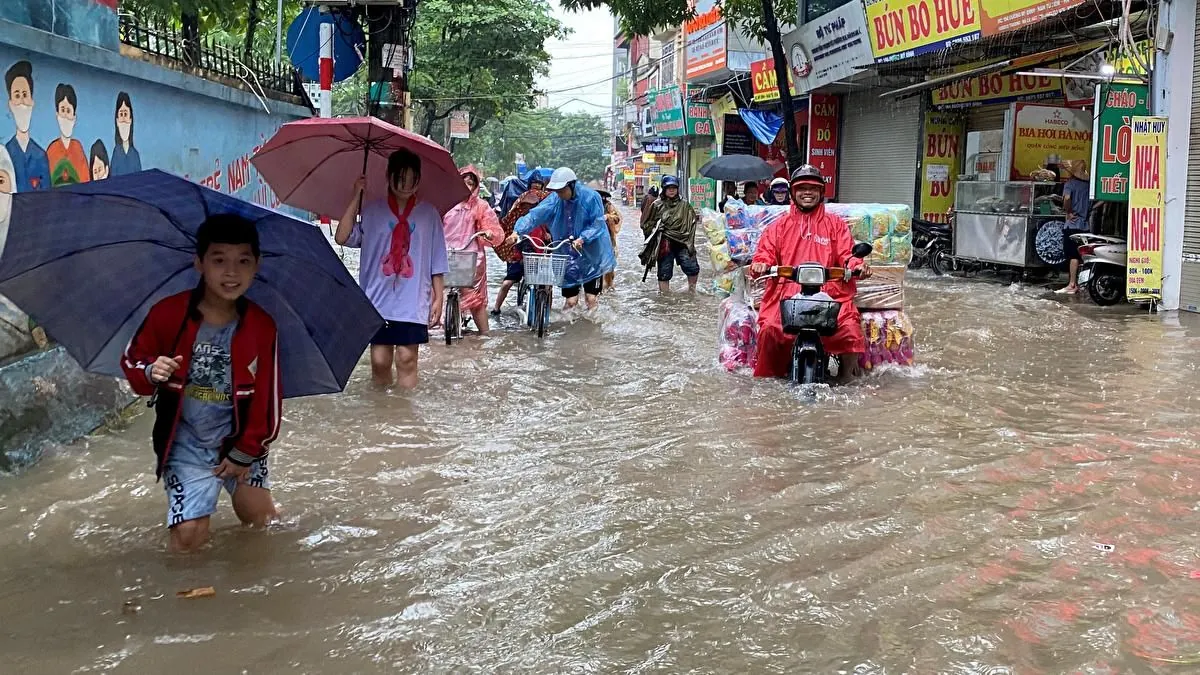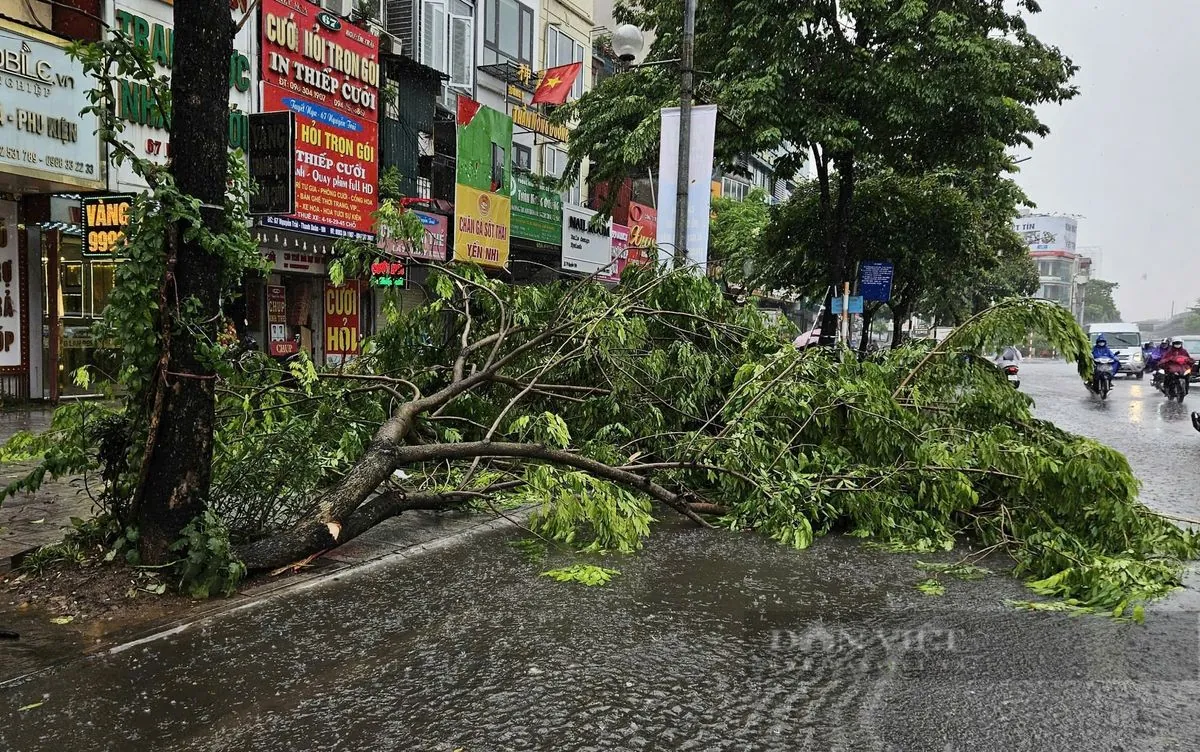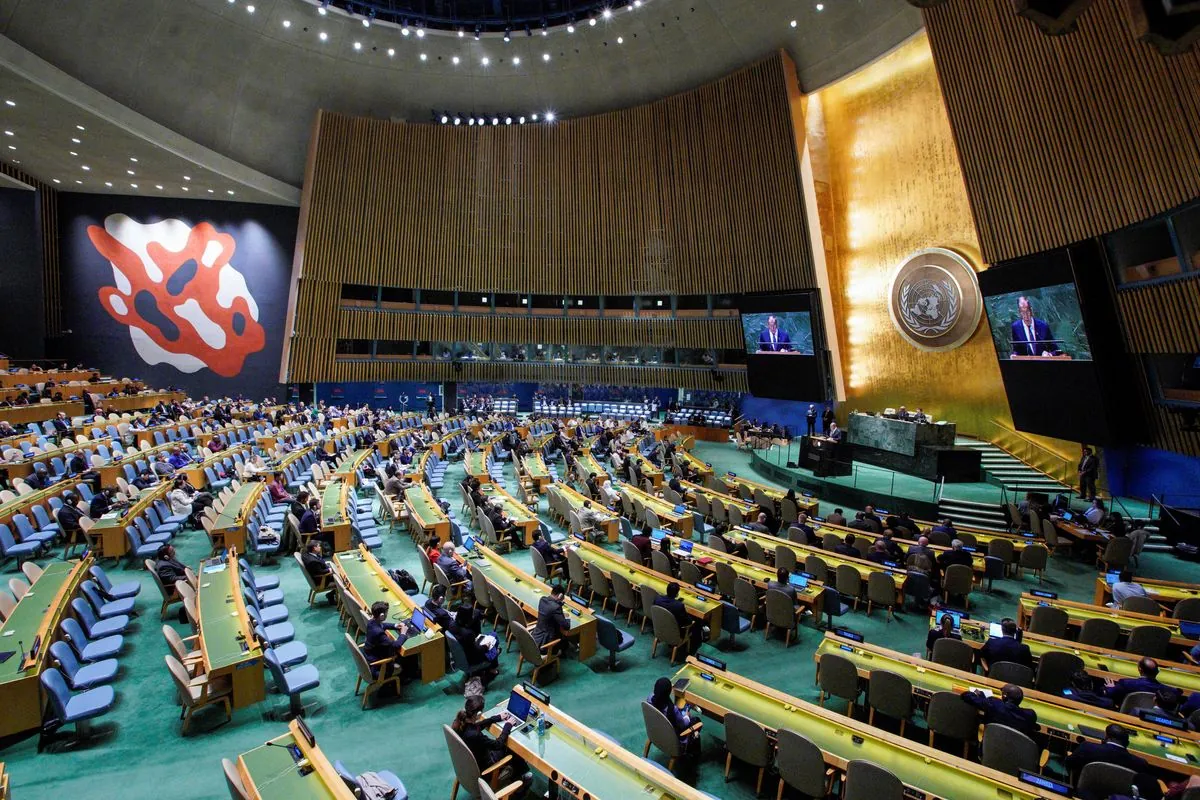Typhoon Yagi Weakens After Causing Casualties and Widespread Damage in Vietnam
Typhoon Yagi, downgraded to a tropical depression, has left a trail of destruction across Vietnam, China, and the Philippines. The storm caused fatalities, flooding, and significant damage to infrastructure.

Typhoon Yagi, once Asia's most powerful storm of 2024, has weakened to a tropical depression after causing significant damage and loss of life across multiple countries. The storm's impact has been felt most severely in Vietnam, China, and the Philippines, with authorities still assessing the full extent of the destruction.
In Vietnam's capital, Hanoi, at least three fatalities have been reported, with the storm causing widespread flooding, uprooting thousands of trees, and damaging homes. The city, home to 8.5 million residents, experienced heavy winds and rains overnight, leaving a trail of toppled trees across its center and surrounding neighborhoods.

Vietnam's meteorological agency has issued warnings of continued heavy rains, flash floods, and landslides in northern regions and the coastal province of Thanh Hoa. These warnings highlight the ongoing risks associated with the storm's aftermath, particularly in mountainous areas prone to landslides and near small rivers and streams susceptible to flash flooding.
The impact of Typhoon Yagi extends beyond Vietnam's borders. In China, four lives were lost on the southern island of Hainan, where preliminary estimates suggest significant economic losses and widespread power outages. The Philippines, the first country hit by Yagi after its formation, reported a death toll of 20, with 22 individuals still missing.
"Yagi had caused waves up to 4 metres (13 feet) high in coastal provinces, where rescue operations for those missing at sea were expected to start on Sunday when conditions allow."
The storm's effects on infrastructure have been substantial. Hanoi's Noi Bai international airport, the busiest in northern Vietnam, was forced to close on September 7 but reopened the following morning. Coastal areas in Vietnam faced prolonged power cuts, mirroring the situation in Hainan.
As the region begins to recover, the incident serves as a reminder of the destructive potential of typhoons, which are a common occurrence in this part of the world. Vietnam, for instance, experiences an average of 4-6 typhoons annually, with the Northwest Pacific typhoon season typically running from May to October.
The international community's response to Typhoon Yagi underscores the importance of cross-border cooperation in tracking and predicting the paths of such storms. As climate change potentially influences the frequency and intensity of tropical cyclones, the need for robust early warning systems and disaster preparedness becomes increasingly crucial.
As rescue and recovery efforts continue, authorities are urging residents in affected areas to remain vigilant and follow safety guidelines. The full economic impact of Typhoon Yagi is yet to be determined, but it is clear that the storm has left a significant mark on the region, affecting millions of lives across multiple countries.


































